There are many rules to consider before taking a picture or video, the angles and shot sizes could completely change the view and focus for each shot. These are some rules you could use to make your photo stand out.
Rules:
- The Hitchcock Rule: When composing a shot, more visual weight should be given to the most important part of the scene- as shown in the picture below, the woman is in focus and is the main vocal point of the shot, whilst the rest of the picture is blurred and out of focus.
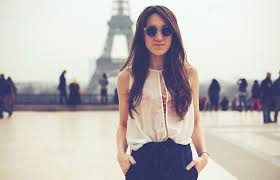
- The Rule of Thirds: The shot is split into thirds vertically and horizontally, to place points of interest on or near the line. it also demonstrates looking space for the subject to look into and gives the audience a greater sense of the scene. In the picture below the horizon is in the top third of the 3 rows, the boat tends to stay in the left hand side and it stays in the 1st and 2nd columns of the 3rds grid.
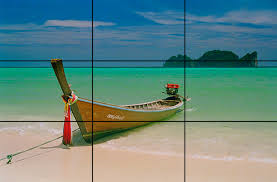
- Head room: to give make a portrait etc look better, the amount of head and chin space will need to be changed. To place the character correctly in the screen, there needs to be space above the head, and there should always be more chin room than headroom. In the image below the woman has a good amount of head room and also some room below her chin making the shot more like a portrait and places her directly in the centre of the shot.

Shots sizes are very important when taking a photo or video because the size of the shot changes the emotion and feel of the scene and helps create looking space. It also reveals other objects in the scene. These are some shot sizes that you could use to help change the feel of your image.
Shot Sizes:
- Establishing shot (extreme or long shot)
This shot introduces the audience to the setting and shows the contrast in vastness of a setting, often revealing something in the shot that the character can see (looking space.)
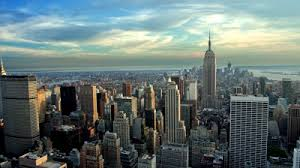
- Close up (CU)
Close ups are usually used to show emotion in the scene and within the character, the shot usually shows negative emotions that the character is feeling and evokes sympathy and fear. The shoulder upwards shot allows the audience in close and person- making the characters emotions and expressions have more of an impact on the audience.
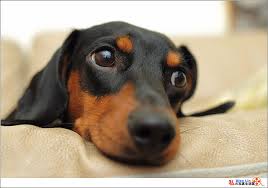
- Extreme close up (ECU)
The extreme close up is normally used to make the audience focus’ on a certain part of the face (typically the eyes or lips.) Being so in a close to the character/object shows the intensity on a characters face and expressions they’re pulling, it also builds up tension as you cant see anything else in the shot except that character.
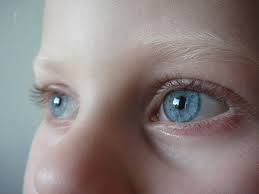
- Over the shoulder shot (OTS
This shot always features two characters; one faces the camera and the other faces away, typically with the head and shoulder (of the first character) creating a frame for the other character.
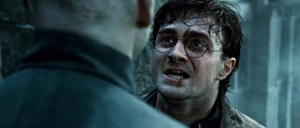
- Medium shot (MS)
Tends to be between knees upwards and chest upwards- showing some of the body of the main character in shot. Mainly used to show the body language of the character (s) in the shot and also shows the space between characters and objects in the scene- including the looking space (shown below; the character is looking into the distance.)

The camera movement effects the way the objects in the scene look and also reveals the most important characters/objects in the shot. It is very important to take into consideration whether to move your camera or just have a still image, as it will create very different effects either way.
Camera Movement:
- Pan
-pivots horizontally from a fixed position
-usually on a tripod, can be hand held
-revealing the most important things in the scene - Tilt
-pivots vertically
-reveals something new in a scene
-pays attention to the key points of the scene
The composition shots are another thing to consider when taking your shot as it changes the way the audience feels about the scene and what the most objects are in the shot.
Composition Shots:
- Leading lines
-directs attention to something in the scene
-used to grab attention
-revealing

- Grouping of 3
-place point of interest
-looking space
-dynamic shots
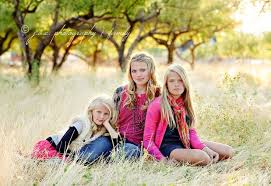
The angle of the image or video changes the emotion in the scene and the focus also changes from the most important image in the shot and so the angle shots are very important when taking an image or video.
Angles:
- Point of View (POV)
Point of view angles tend to represent the subject view of the character and is usually eye level of the character. It also lightens the intimacy an audience feels for the character and makes the audience feel more involved with the characters feelings etc.
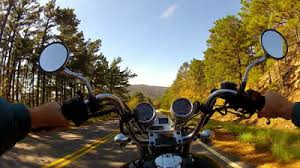
- Canted angle
The camera is placed on an angle and isn’t level with the lines/ background of the scene usually used to imply that something is going wrong in the scene or something bad is about to happen.
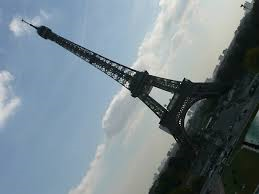
- Rack/ Pull Focus
The rack/pull focus shows the shallow depth of field as the focus changes (the focus moves from object to object) to emphasise the main subject of the shot.

When doing practical with Lee he gave us a task that was to go out (in groups) and collect some of our own shots including getting a variety of shot sizes and angles. Here is my final video from the shots we took (below) we experimented with some of the shots above so that we understand the feel and main reason that each shot:
Leave a comment